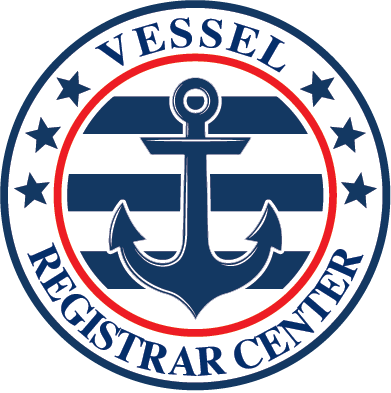The primary concern of our national documentation center is, of course, documentation. That’s what we’ve built our business around, what we offer to vessel owners of all kinds. However, while documentation is critically important, it’s important to be safe on the water, too. That’s true at all times of the year, but it’s especially so during the fall. Some folks act like it is still summer, out there on the water when it very much is not. The best boat ride is always a safe one.
A VHF Radio
You might think: “why do I need to get a VHF radio for my boat? I have a phone.” Sure, for most vessels on most bodies of water, that will always be enough. You will always get a signal, you’ll always be able to get in touch with someone. However, if you end up on larger bodies of water, where you might lose reception, then a radio like this can really come in handy. With it, you can call for help regardless of how many bars you’re getting or “Gs” you have.
The Right Layers for the Job
The temperature can change on a boat quickly during the autumnal months. It could be very hot in one part of the body of water, only for the bottom to drop out in the shade. If you just wear one piece of clothing, then you’re liable not to be comfortable (or even safe) in all of the different environments that you might encounter. That’s where layering can come in handy. Should you be hot in the sun, you can take a layer or two off. Then, once the sun hides behind the clouds, in a quick moment you’ll be warm again. As ever, make sure that your life jacket fits over your clothes no matter how many layers you’re wearing.
Check Your Sunset
Speaking of the sun, obviously, it won’t be out for nearly as long during the Fall months. So, you want to plan your trip, your wardrobe, and everything else accordingly. Knowing when the sun is going to set (and where you’ll be when it happens) ensures that you’re in layers, yes, but it will also let you plan for how many lights, flares, and more that your trip will need. Even before the sun “sets” officially, it could be quite dark on your body of water. That could be especially true if it’s surrounded by trees. Make sure to incorporate all of this into your float plan.
A Year-Round National Documentation Center
The above tips will serve you well in the fall as well as in the winter, and even the chillier parts of early spring. Don’t let the above keep you from going out on the water this fall. It’s perfect for seeing the foliage, certain birds and so much more. Before you go out on your vessel, make sure that you have the vessel documentation, too. You can find all of it right here. For more call: (800) 535-8570.




